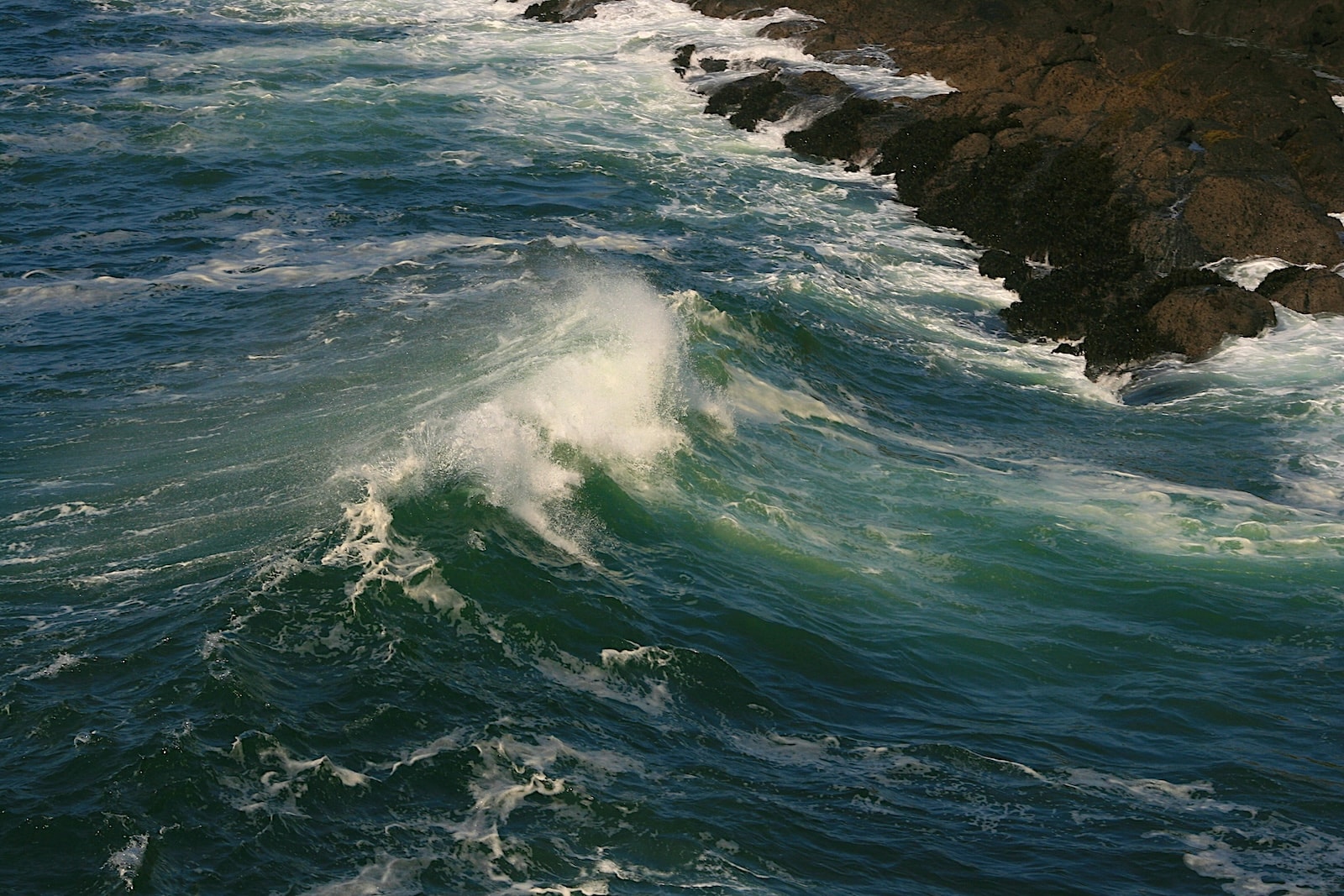What is tidal energy?
Tidal energy is a type of renewable energy that harnesses the natural movement of the tides, the rise and fall of sea levels caused by the gravitational interaction of the Earth, the Moon, and the Sun. Unlike other intermittent sources such as solar or wind, tidal energy is highly predictable, since tidal cycles follow astronomical patterns known with great precision. This predictability makes it an ideal candidate to provide a stable baseload for the electrical system.
Examples of notable projects
Although the use of tidal energy is not yet widespread, there are landmark projects:
La Rance tidal power station (France): Inaugurated in 1966, it is the oldest and one of the largest tidal power plants in the world, proving the long-term viability of barrage technology.
MeyGen (Scotland, UK): One of the most advanced tidal stream generator projects. In 2022, MeyGen generated 25 GWh of electricity, a record for tidal energy.
Advantages of tidal energy
Tidal energy presents a series of significant advantages:
It is predictable
The tidal cycle is completely predictable years in advance, allowing precise planning of electricity generation and greater grid stability.
High energy density
Water is much denser than air, which enables tidal turbines to generate more energy at lower flow speeds than wind turbines.
Low visual impact
Most infrastructure is submerged, reducing visual impact.
Long service life
Installations are designed to operate for decades.
Low emissions
Once built, they produce no greenhouse gas emissions during operation.
The future of tidal energy
The future of tidal energy is promising, although it depends on overcoming several challenges, such as the high upfront costs of building barrages and installing and maintaining generators in harsh marine environments. Other issues include the potential environmental impact of constructing barrages and turbines, as well as geographical limitations, since it is only viable on coasts with large tidal ranges or strong currents.
However, the advantages outweigh the drawbacks, which is why research and development are focused on reducing costs, improving efficiency, and minimizing environmental impact. The European Union, for example, has set ambitious goals for ocean energy, aiming for 1 GW of installed capacity by 2030 and 40 GW by 2050. Achieving this will require strong support for technologies such as tidal energy.
In Spain, while we do not have large tidal ranges, the potential of marine currents is under study. Pilot projects and research centers such as PLOCAN (Oceanic Platform of the Canary Islands) are exploring the feasibility of different ocean energy technologies. As the technology matures and costs decline, tidal energy could play an increasingly important role in diversifying our energy mix, providing a clean, predictable source with controlled environmental impact. Investment in R&D and political support will be crucial to unlocking the vast energy potential held by our oceans.

